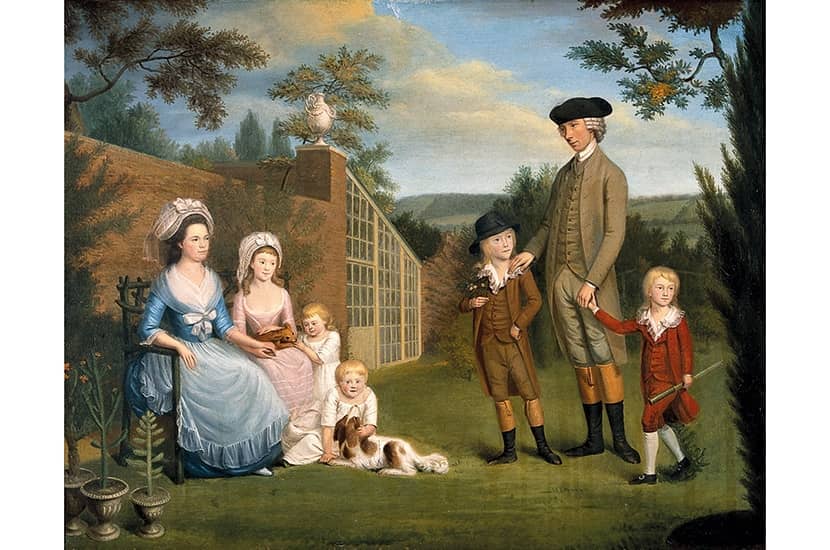On 23 May 1804, two months before his daughter’s wedding, John Coakley Lettsom threw open his estate in Camberwell. Some 800 guests made their way to Grove Hill, with its panoramic views across the Thames to London. A leading doctor and noted philanthropist, a prolific author on matters medical, social and moral, Lettsom was famously convivial. But if any of his guests had been expecting music, dancing and cards, they were in for a disappointment.
Lettsom was a Quaker — though not of the strictest variety — and the evening’s entertainment centred on ‘rational pleasure’. Guests were invited to view the shells, corals and minerals on display in his museum, to inspect the natural history volumes in his library and admire the blooms in his conservatory. Only then could they move on to the refreshments, served in an elegant garden room decked out as a rustic bower.
Sixty-four beehives, each named after a country, formed a little world buzzing with industry
Just ten acres in extent, Grove Hill boasted an abundance of features, like a scaled-down version of the royal gardens at Kew. There were formal beds with plants laid out in Linnaean order, a Shakespeare walk, classical statues and a pond with a fountain. In the vegetable garden, tortoises ranged through the lettuces. A small farm conducted agricultural experiments (notably on the mangel-wurzel, a root vegetable particularly championed by Lettsom). The menagerie housed a bear, flying squirrels and a great white American owl. Sixty-four beehives, each named after a country, formed a little world buzzing with industry. There was even an astronomical observatory, adorned in picturesque fashion with oak branches and entwined creepers. The estate was open to members of the public and Lettsom published a guide book to conduct visitors around the grounds.
Grove Hill assumes pride of place in Clare Hickman’s well-researched and gorgeously illustrated The Doctor’s Garden.








Comments
Join the debate for just £1 a month
Be part of the conversation with other Spectator readers by getting your first three months for £3.
UNLOCK ACCESS Just £1 a monthAlready a subscriber? Log in